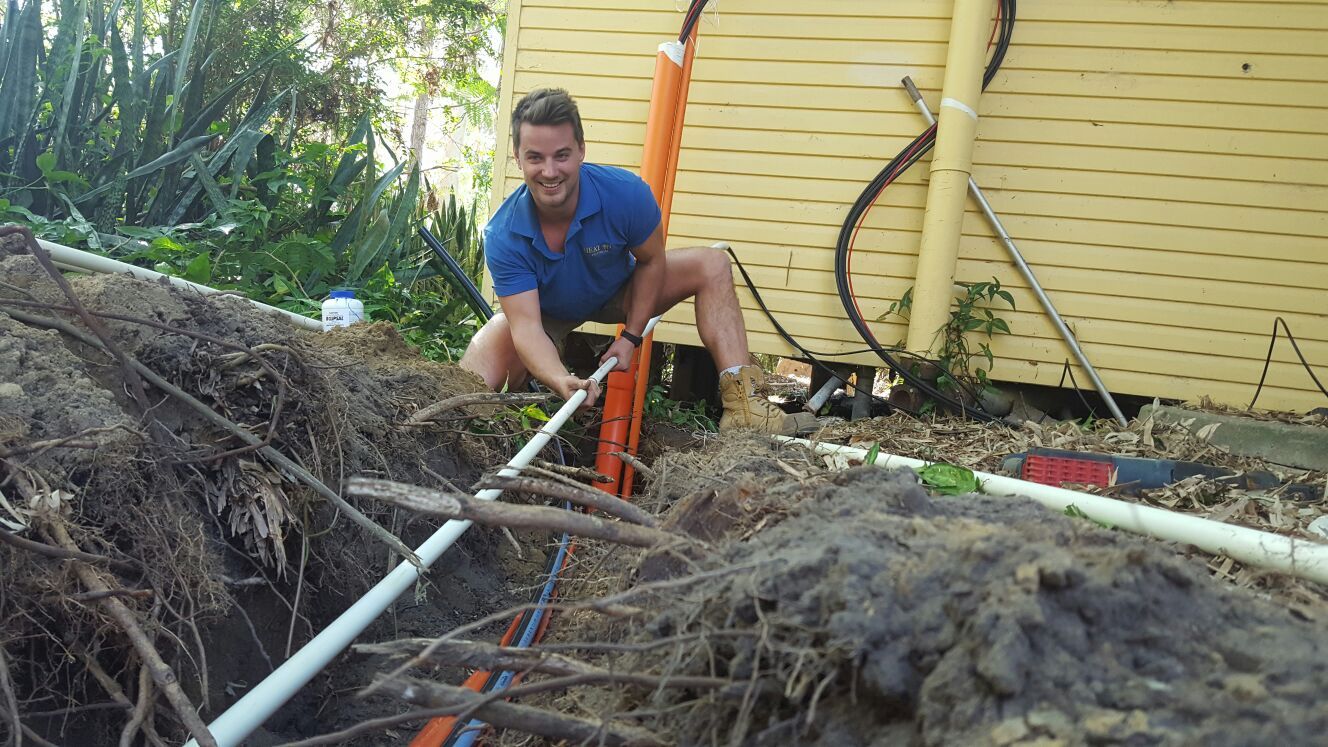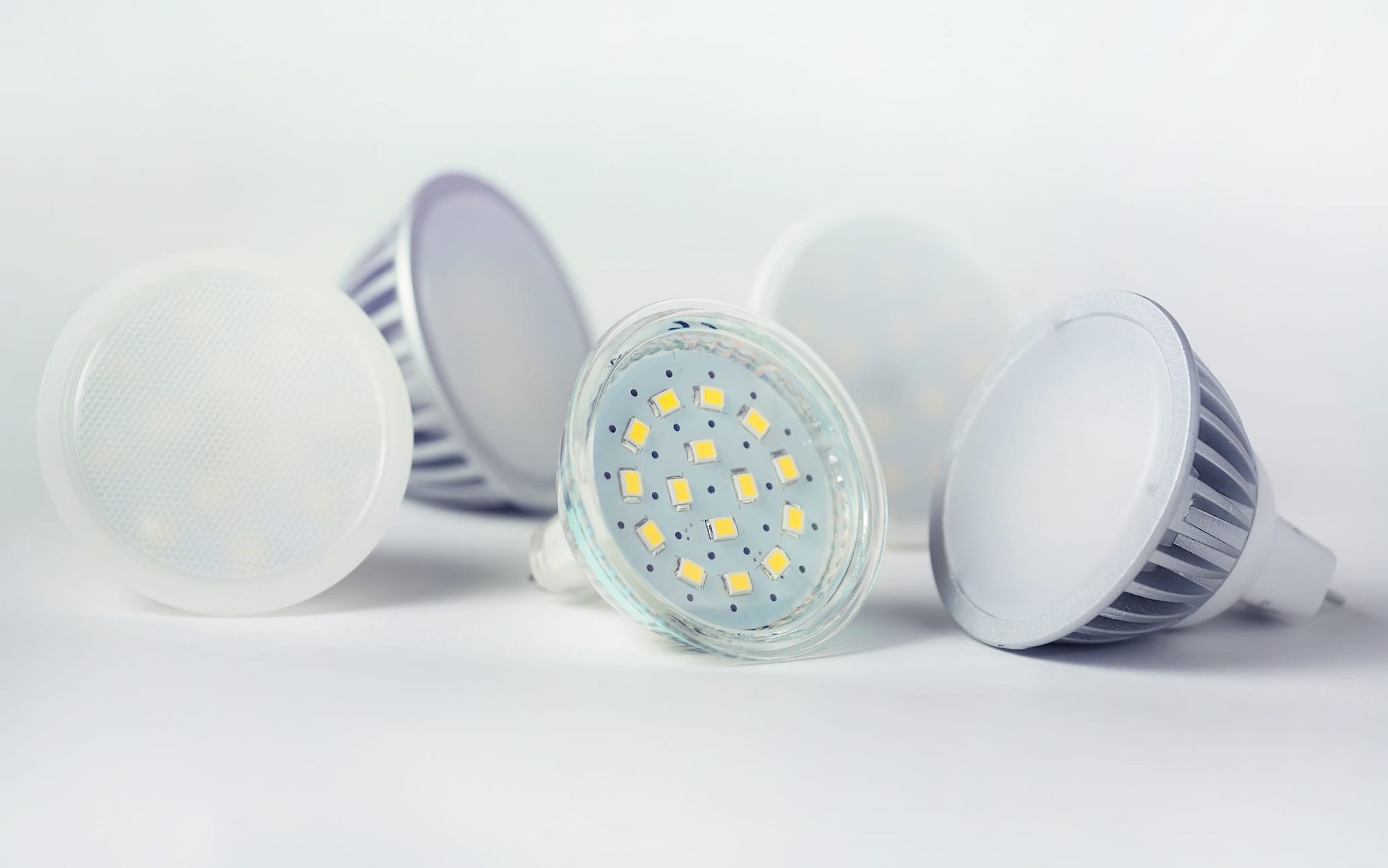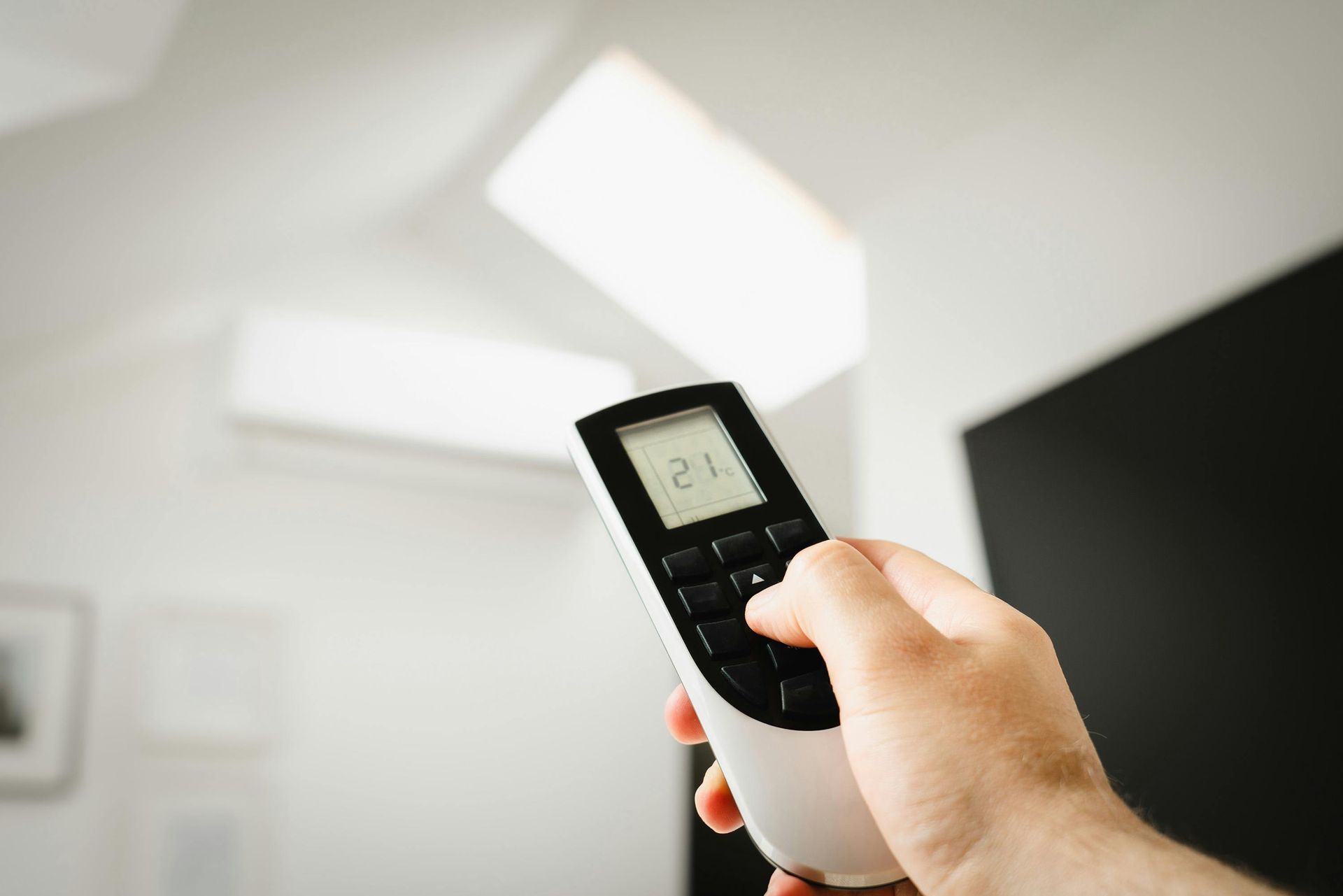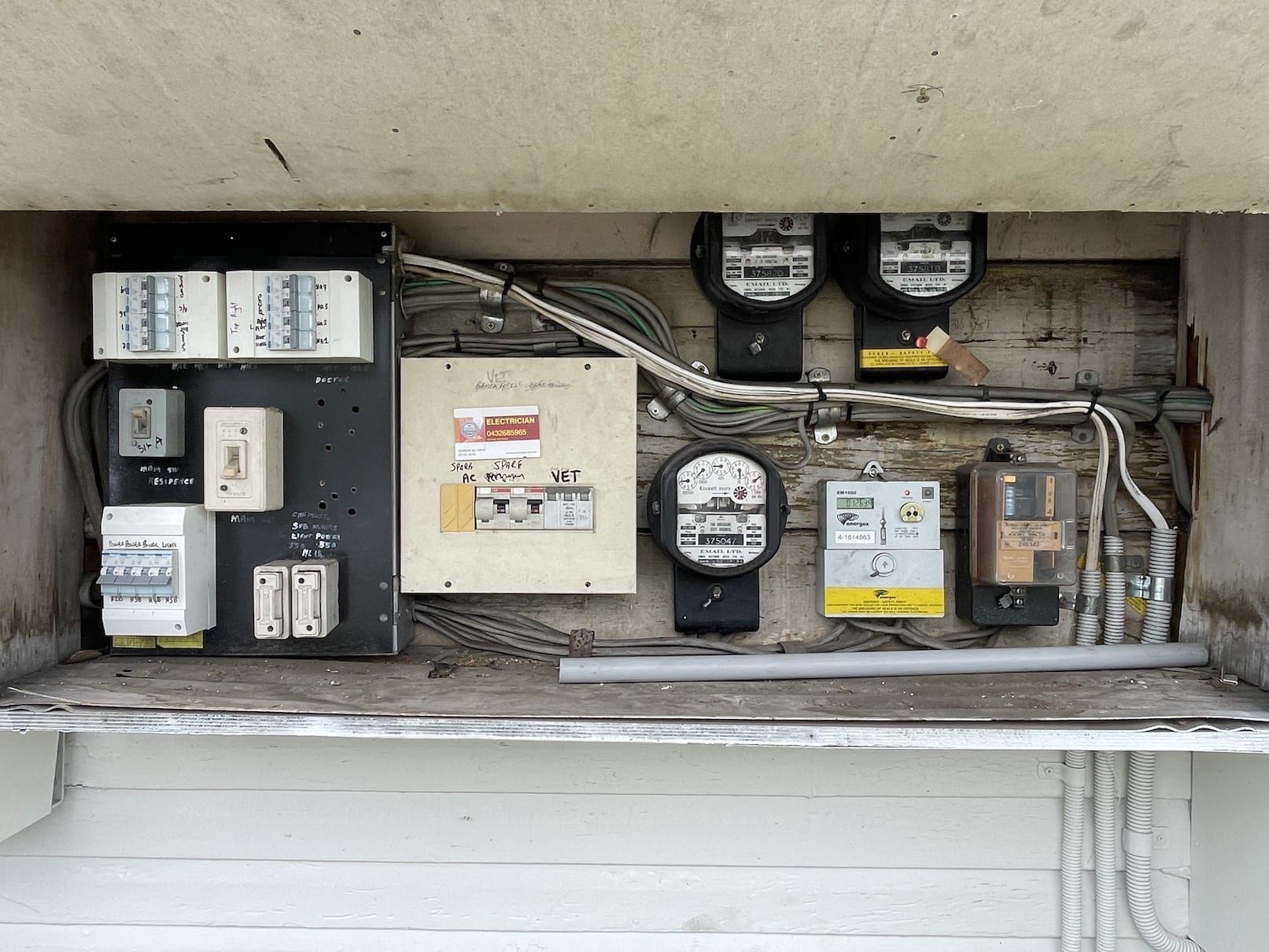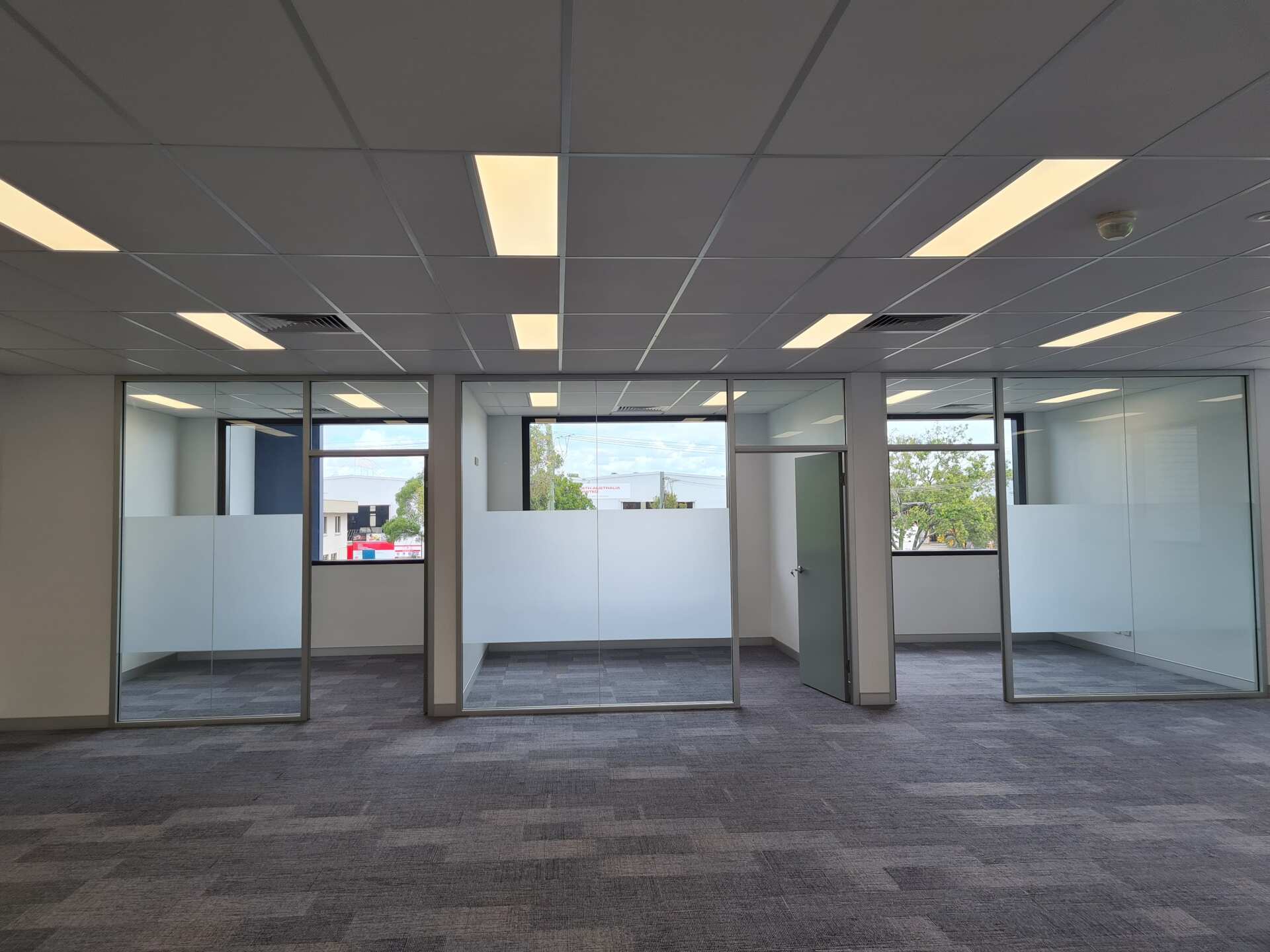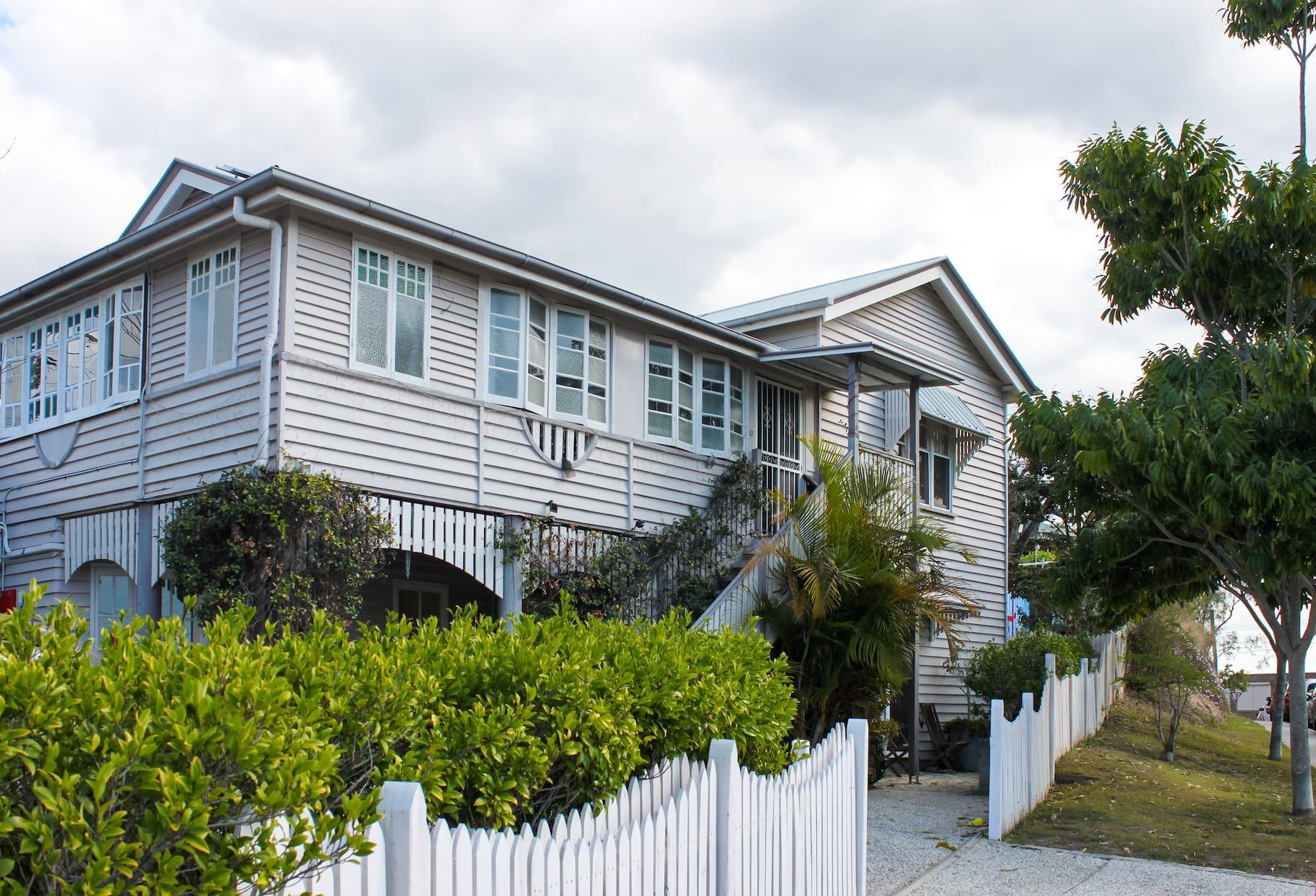
When it comes to home safety, many people think of locks, alarms, and smoke detectors before they think of electrical wiring.
But the switchboard in your home plays just as big a role in keeping you and your family safe. Over time, wiring can age, break down, or simply fall behind current safety standards. If your switchboard is outdated, it might not be doing its job properly and that can lead to some serious problems.
Just like everything else in a home, electrical systems need checking and sometimes upgrading. Older homes, especially those built before the 1990s, may still be using wiring that’s no longer considered safe or suitable for today’s devices. Even if your house looks modern on the outside, the internal wiring could be a hidden hazard. If your lights flicker, power points feel hot, or fuses trip often, these aren’t signs to ignore.
Common Signs of Outdated Wiring
Most people don't think about their wiring until something goes wrong. The signs of outdated or damaged wiring aren’t always dramatic, but they are often easy to spot if you know what to look for. Here are some of the most common red flags to watch out for:
- Frequent blown fuses or tripped circuit breakers
If your fuses keep blowing or the breakers trip regularly for no obvious reason, your wiring might be struggling to keep up with modern electrical loads.
- Buzzing or crackling sounds
These noises aren't normal. If you hear a faint buzzing or crackling from your outlets or switchboard, it's a sign that something is wrong, possibly loose wires or poor connections.
- Discoloured power points or switches
Yellowing, dark spots, or scorch marks around outlets are clear signs of overheating. This could point to poor wiring, overloaded circuits, or old materials that are no longer holding up.
- Lights that flicker or dim
Sure, it might just be a faulty bulb. But if multiple lights flicker when you plug in an appliance or switch something on, your wiring might be outdated.
- Electric shocks when you plug something in
Even a small zap isn’t normal. It can be risky and shouldn’t be ignored as it can indicate a fault in your system.
These aren’t issues to tackle later. They’re the electrical version of a check engine light, except your house won’t give you a breakdown warning before something serious happens. Take the signs seriously and act sooner rather than later.
Safety Concerns and Potential Hazards
When wiring is no longer doing its job safely, it can create more than just an inconvenience. It can pose a serious threat to your home and everyone living in it. Most risks involve either overheating, sparking, or wiring insulation breaking down with age. All of these can lead to accidents that could’ve been avoided.
One of the biggest concerns is the risk of fire. Old wiring, especially fabric- or rubber-coated types, becomes brittle over time. When it cracks or breaks down, it can expose live wires. These can spark or overheat, especially when connected to newer, high-energy appliances. That's how fires start behind walls quietly and out of sight.
Then there's the risk of electrical shock. Faulty wiring makes it easier for current to leak to places it shouldn't. You might feel a zap when you plug something into the wall or upon touching certain surfaces near power points. While it might seem small, any shock from wiring should be treated as a red flag.
Another issue is the impact on your appliances. Modern appliances are built to run on stable, clean power. Faulty or inconsistent wiring can lead to short circuits or even permanent damage to items like fridges, TVs, or computers. That can be frustrating and expensive.
One example we often come across is homes where the circuits were never designed to handle today’s load. A family moves in with an induction cooktop, reverse-cycle AC, and multiple screens, then wonders why the breakers trip every time the dryer and microwave run at the same time.
Being aware of these hazards helps you take action before something goes wrong. If your switchboard or wiring is past its prime, it's worth getting it looked at by someone who can tell you what condition it's really in.
Benefits of Maintaining Updated Wiring for Switchboard Compliance
Switchboards don’t usually grab attention unless something’s gone wrong, but upgrading them goes a long way in boosting safety and performance. Keeping up with switchboard compliance doesn’t just tick a legal box. It reduces the risk of problems later, especially when it comes to fire safety and ensuring your appliances work properly.
For homes using newer appliances, older switchboards just aren’t built to keep up. They were never meant to handle the power demands of air conditioners, high-speed chargers, or modern entertainment systems. So even if you're not noticing major faults yet, there could still be strain you’re not seeing. An updated system lets things run more smoothly while staying within safe load limits.
With updated wiring and switchboard compliance, you’ll likely notice:
- Less flickering with lights and fewer trips at the circuit breaker
- Better protection for appliances from sudden voltage spikes
- Quieter operation, without the humming or buzzing sounds near outlets
- Extra space for surge protectors and safety switches that weren’t available in older boards
- Peace of mind during electrical storms or unexpected faults
It also helps if you're dealing with homeowners insurance or planning to sell. A compliant switchboard and modern wiring are things that get flagged during building inspections and might affect your timeline or budget if left too long. Staying on top of it means fewer surprises and easier transitions when needed.
Steps to Take if You Suspect Outdated Wiring
If you think your switchboard might be outdated, it’s a good idea to start by looking out for any warning signs. You don’t need to pull things apart. Just pay attention to outlets, listen for strange sounds, and make note of any issues like random power loss or overheating.
Once you’ve noticed warning signs, don’t try to test it yourself. Electrical systems can be unpredictable, and touching exposed wires or hidden parts inside a switchboard comes with serious risk. This kind of work should be left to someone qualified who can do a proper inspection.
Here’s what to do next:
1. Take note of any regular faults
Write down when fuses blow or switches trip. Consistent patterns, like everything cutting out when you run the microwave and heater, can help the electrician figure it out quicker.
2. Avoid overloading outlets for now
Spread your power use across different rooms where possible. Don’t run too many high-energy appliances at once if you’re already seeing stress in the system.
3. Book a professional inspection
A licensed electrician can check the switchboard and test the wiring for any outdated or faulty components. They’ll also know what’s needed to meet the latest Australian safety standards.
4. Plan the upgrade with safety in mind
If your switchboard does need replacing, think ahead. This is a chance to prepare your home for things like electric vehicles, solar panel systems, or smart home tech that could be added in future.
The best time to have someone inspect your system is before a crisis hits. Finding and fixing the issue during calm times is always better than a rushed emergency call when the power cuts out at night.
Give Your Home the Attention It Deserves
Living in a house that runs smoothly is something many people take for granted, until something starts going wrong. You shouldn't worry about whether your switchboard can support your washing machine, reverse-cycle AC, or kitchen appliances all at once. Keeping up with wiring checks and modern upgrades means fewer hassles down the track.
This time of year is great for doing just that. With winter nearly over and energy use slightly lower, early spring is a smart time for handling switchboard updates. You won’t be leaning on heaters as much, and you’ll have fewer disruptions while upgrades are being carried out.
If your home is older, or hasn’t had an inspection in years, it could be time to get a professional look at what's inside your switchboard. It gives you a clear idea of how your system is holding up and whether it’s still meeting Brisbane’s compliance standards. That way you can avoid bigger headaches in the future and enjoy a safer, more reliable setup.
An expert electrician will walk you through what’s going on and what steps to take next. You’ll have peace of mind knowing you’re keeping your home safe and ready for whatever comes next.
Ready to make sure your home's electrical system is up to the task? Upgrade to a safer and more efficient setup with a switchboard compliance upgrade in Brisbane by Heat On Electrical. We specialise in identifying and addressing outdated components to keep your home running smoothly and safely. To learn more about how an upgrade can benefit you and your household, take the first step today.




